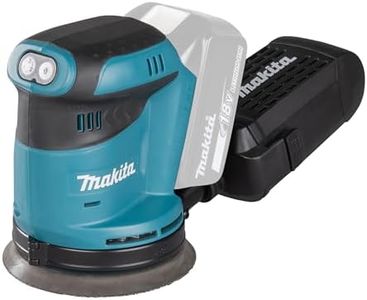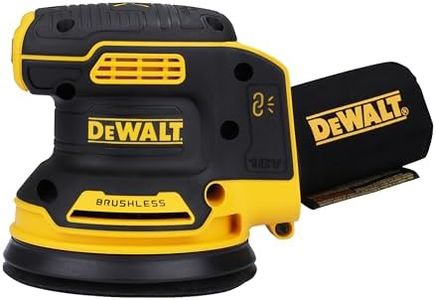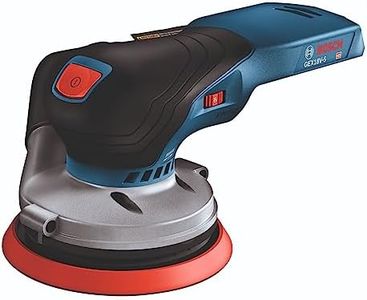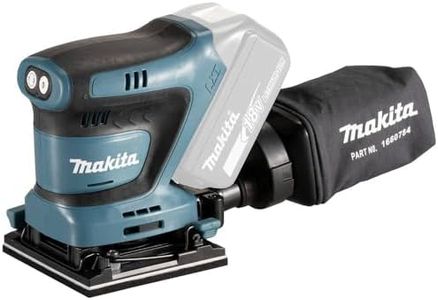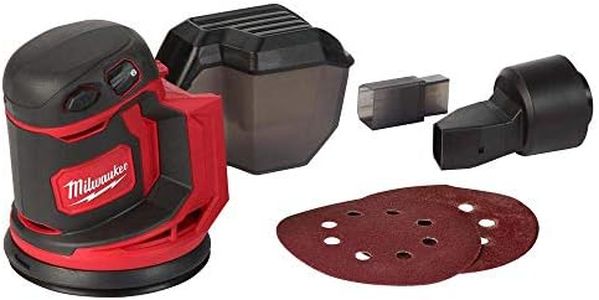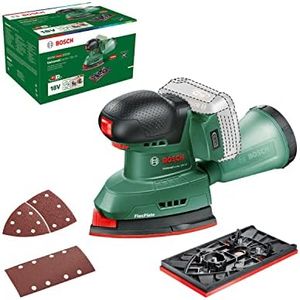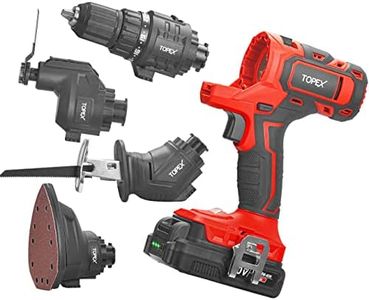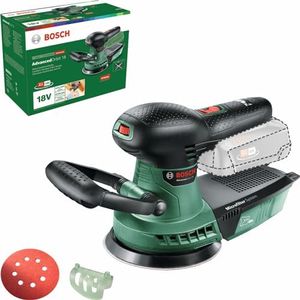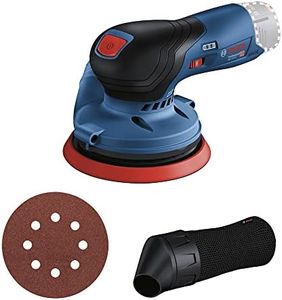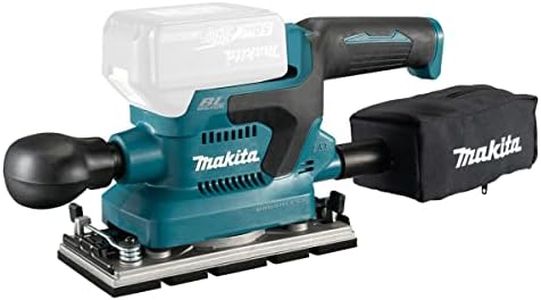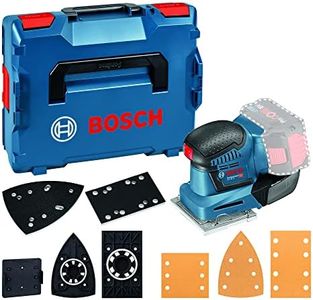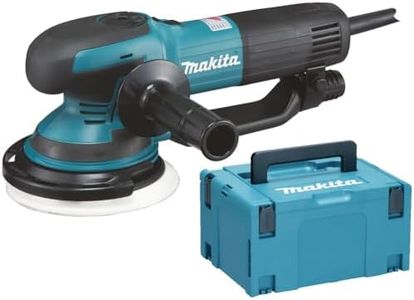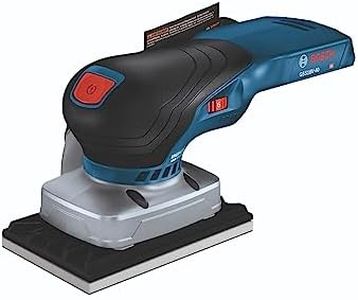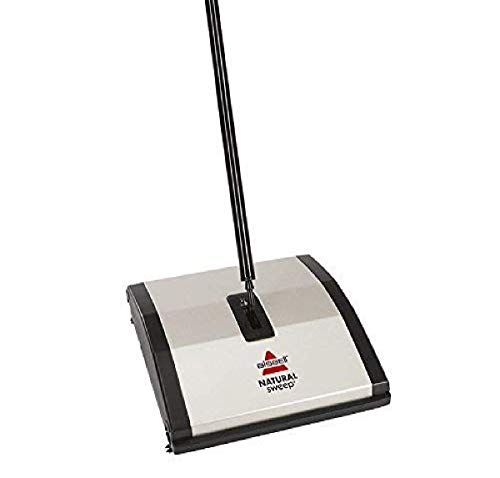We Use CookiesWe use cookies to enhance the security, performance,
functionality and for analytical and promotional activities. By continuing to browse this site you
are agreeing to our privacy policy
10 Best Cordless Sanders
From leading brands and best sellers available on the web.Buying Guide for the Best Cordless Sanders
Choosing a cordless sander can make your sanding tasks more convenient and efficient, especially because you aren’t tied down by a power cord. The freedom of movement helps when working on large pieces, unusual angles, or in places without easy access to electricity. However, the right sander depends on your projects and needs. As you browse, focus on how comfortable the sander feels, how long it can run on a single charge, and whether it offers the power and versatility you need for the tasks you have in mind. By understanding the key specs, you’ll be able to filter out options that won’t work for you and narrow in on a model that will make your sanding jobs faster and easier.Battery Voltage and RuntimeBattery voltage, often measured in volts (V), tells you how powerful the sander is, while runtime describes how long you can operate before needing a recharge. Higher voltage usually means more powerful sanding and faster material removal, which is great for tough or larger tasks. Lower voltage models are lighter and easier to handle, ideal for light sanding or detail work. Runtime depends on both battery capacity and the intensity of your sanding. If you anticipate long or demanding jobs, consider models with higher voltage and larger batteries or buy an extra battery for convenience. If your tasks are smaller and infrequent, moderate voltage and a single battery might suffice.
Sanding Type (Orbital, Random Orbital, Detail, Belt)Cordless sanders come in different 'types' based on the motion of the sanding pad and intended use. Orbital sanders move in small circles and are good for finishing work; random orbital sanders add a spinning motion for smoother, swirl-free results on most surfaces. Detail sanders have a pointed shape for getting into corners, and belt sanders are best for aggressive removal of material. Think about the tasks you face most: for furniture refinishing or prepping wood for paint, a random orbital works for most users. For detail projects or tight spaces, a detail sander is better. For heavy stock removal, such as sanding down a door, a belt sander is ideal.
Pad Size and ShapeThe pad size refers to the area the sander covers with each pass, while shape affects which spaces you can reach. Larger pads cover more area quickly, ideal for broad surfaces like tabletops, but may be less maneuverable in tight spots. Smaller or specially shaped pads are suited for working on edges, corners, or detailed areas, but cover less material at once. Choose a pad size and shape that matches your usual workpieces; for general use, midsized and round are versatile, while for intricate projects, choose smaller or pointed pads.
Dust CollectionSanding produces fine dust that can be harmful and messy. Dust collection features help keep your work area clean and protect your lungs. Some sanders have built-in dust bags or can connect to external vacuums. Look for easy-to-empty, secure dust bags or good vacuum connections if you care about cleanliness or work indoors. If you mostly work outside or don't mind cleanup, this spec may matter less, but for hobbyists in small workshops, strong dust collection is very helpful.
Speed SettingsSome cordless sanders offer adjustable speed controls, letting you tailor the sanding power to your job. Lower speeds are best for finishing and delicate work, reducing the risk of removing too much material, while higher speeds help with quick material removal. Consider if you need this flexibility. For diverse projects using a variety of materials, variable speed is helpful; for single-purpose use, a single-speed model might be enough.
Weight and ErgonomicsThe weight and grip design of a sander affect how comfortable and controlled you feel during long jobs. Lighter sanders reduce hand and arm fatigue, especially on vertical surfaces or overhead. Ergonomic grips with good rubberized handles add comfort and reduce slipping. Try to choose a sander that feels balanced and comfortable for your hand size and strength, especially if you know you’ll use it frequently or for extended projects.
